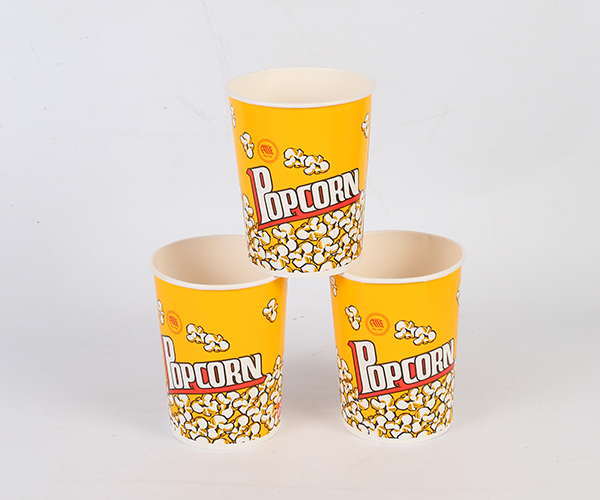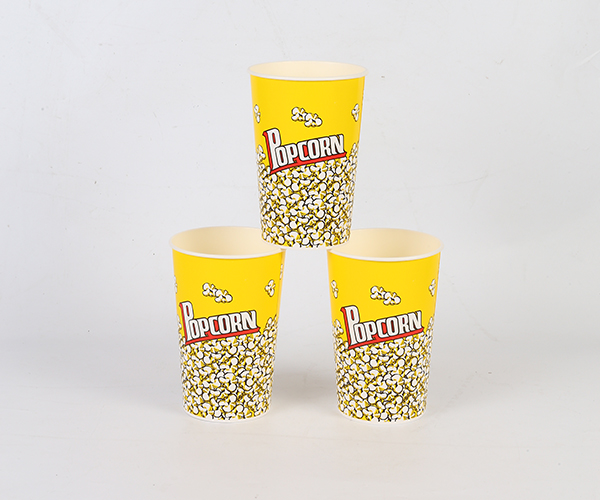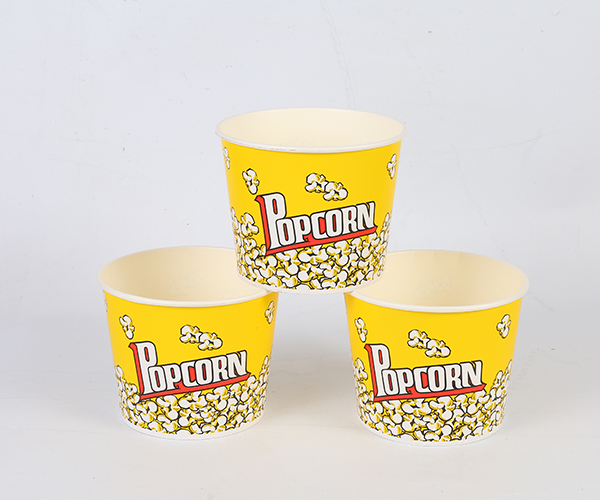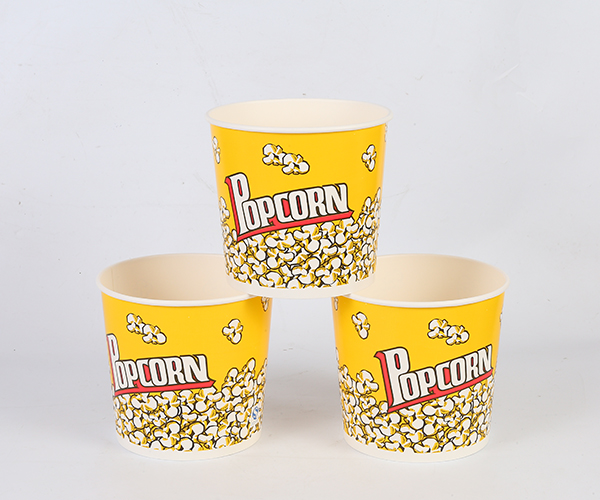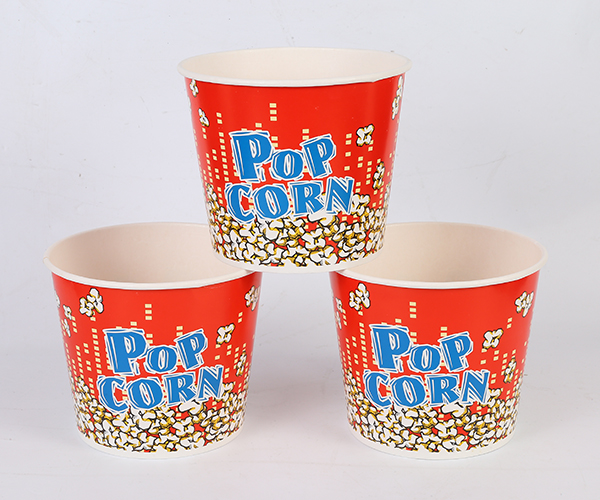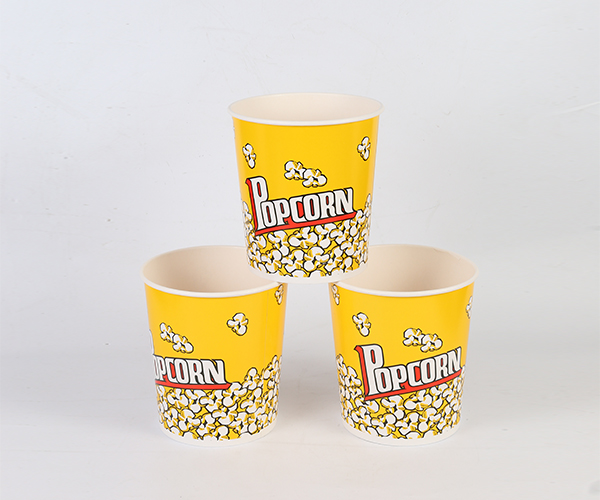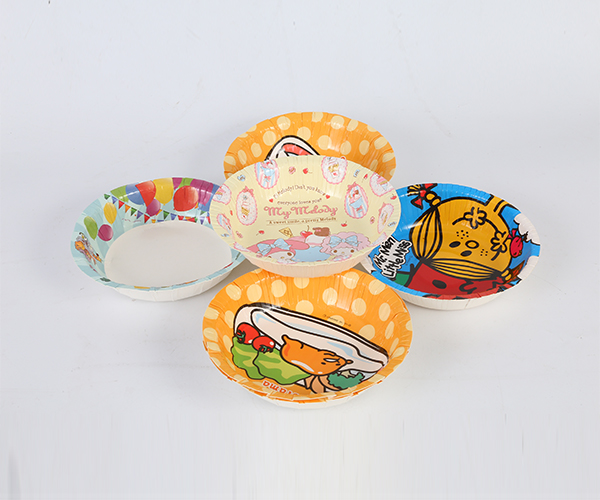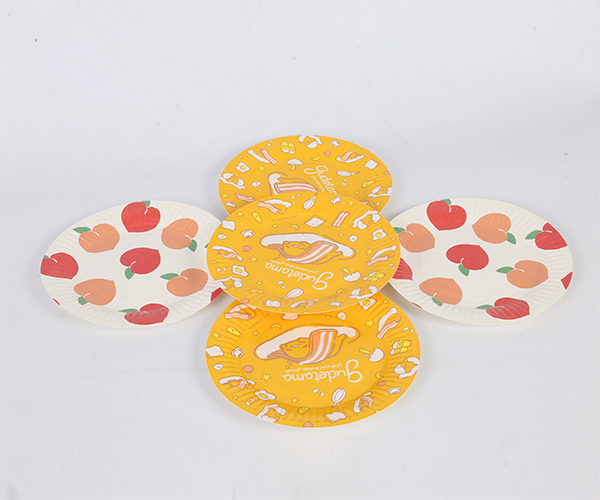When choosing tableware for picnics, parties, or everyday convenience, many people turn to disposable paper plates. Their ease of use, low cost, and no-cleanup appeal make them a go-to option. However, one important aspect often gets overlooked: how much weight can these plates support? Understanding their load-bearing ability is essential to avoid spills, messes, or accidents, especially when serving heavier or wetter foods. This article explores the factors that influence their strength and how to select the option for your needs.
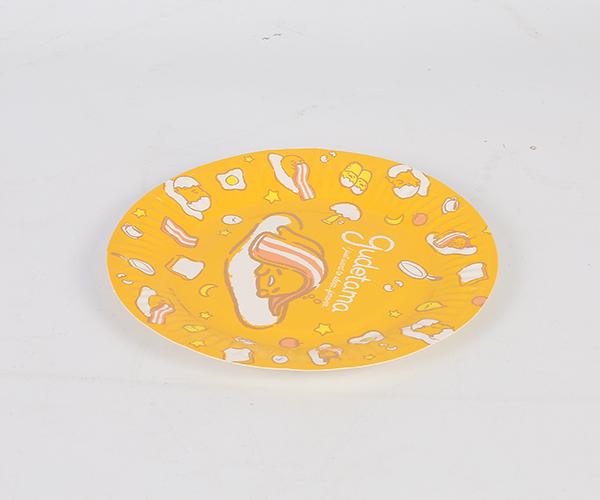
Materials Matter
The strength of any paper-based plate begins with Disposable Paper Plates. Basic versions are typically made from a thin layer of pressed paper pulp, which provides minimal support. These are suitable for light snacks but can easily bend or collapse under a heavy meal. Higher-quality varieties may include added layers, a polyethylene or wax coating, or be made from molded fiber pulp. These enhancements not only improve durability but also provide moisture resistance, which is critical when dealing with saucy or greasy foods. The added coating prevents the absorption of liquid, preserving the plate’s rigidity even after extended use.
Design and Engineering
Structural design plays a surprisingly large role in determining how much weight a paper plate can hold. Plates with a reinforced rim or deeper grooves around the edge distribute weight more efficiently and resist bending. Some premium brands incorporate rigid patterns or multi-layered pressing during manufacturing to boost stiffness. The curvature of the plate, the thickness of the base, and the width of the rim all work together to provide support. These design details are subtle but effective in preventing sagging or breaking when a plate is fully loaded.
Food Type and Serving Conditions
Not all foods are equal when Disposable Paper Plates comes to their impact on paper tableware. A sandwich or handful of chips may sit comfortably on even the cheap plate. But heavier dishes, such as steak, pasta, or food with high water content, present a challenge. Moisture tends to weaken untreated paper fibers, making the plate soft and prone to tearing. That’s why coated versions are preferable when serving items like salads with dressing or casseroles. Additionally, how the plate is held—whether balanced on a flat surface or carried in one hand—can affect how much weight Disposable Paper Plates can support without bending.
Choosing the Right Strength for the Occasion
When shopping for disposable plates, consider more than just size or price. If you're hosting a barbecue, buffet, or meal where guests may stack various foods on a single plate, look for terms like “heavy-duty,” “cut-resistant,” or “soak-proof” on the packaging. These indicators often reflect a plate’s ability to hold more weight. For kids' parties, light snacks or desserts, standard options work well. But for meals where reliability matters, spending a bit more on reinforced versions can make a significant difference in guest satisfaction and cleanliness.
Conclusion
The load-bearing capacity of disposable paper plates varies widely depending on their materials, construction, and intended use. While lightweight versions are good for simple foods, more durable, coated designs are better suited for full meals or moist dishes. Paying attention to design features and choosing based on the type of food being served can help ensure a hassle-free dining experience. Ultimately, knowing the limits of these plates can save you from mid-meal accidents and help you host with confidence.


 English
English 中文简体
中文简体